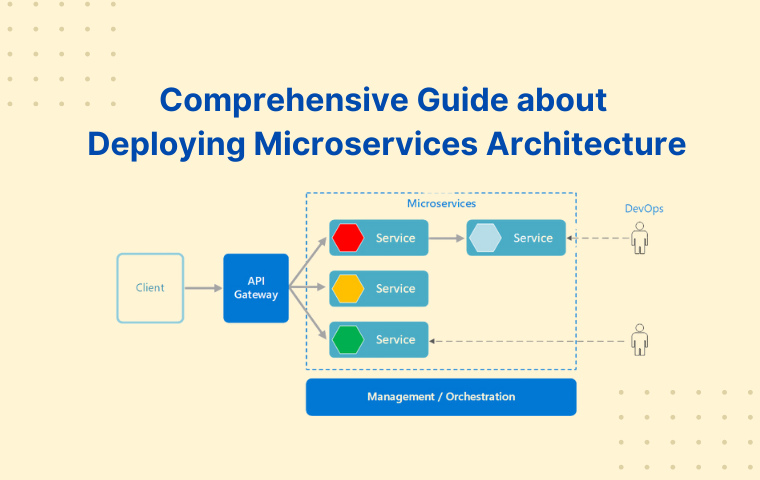TABLE OF CONTENT
What is Microservices Architecture: Definition from A to Z
How do Microservices Architecture Work?
How to Deploy Microservices Architecture?
Deploy Microservices Architecture: 5 Tools for Your Business
Best Case Studies of Using Microservices Architecture
Conclusion
What is Microservices Architecture: Definition from A to Z
Microservices architecture is an approach to software development, which highlights constructive contributions to the operating systems of ecommerce businesses. Each microservice is a completely independent operating unit with a separate database, business logic and interface, representing each specific function.
This is also the difference of monolithic vs microservices architecture in the operation. Separating each microservice from each specific service allows for faster deployment cycles, and effective horizontal scaling without affecting or disrupting the performance of the entire system.
Microservice, also coming from MACH architecture, aligns with agile and DevOps practices, promoting the ability to continuously change and update so that ecommerce businesses can quickly respond to market fluctuations and customer needs.
In particular, microservices architecture adheres to similar design principles as SOA (Service-Oriented Architecture). To better distinguish these two architectures, please specifically follow the information listed in the overview comparison table below:
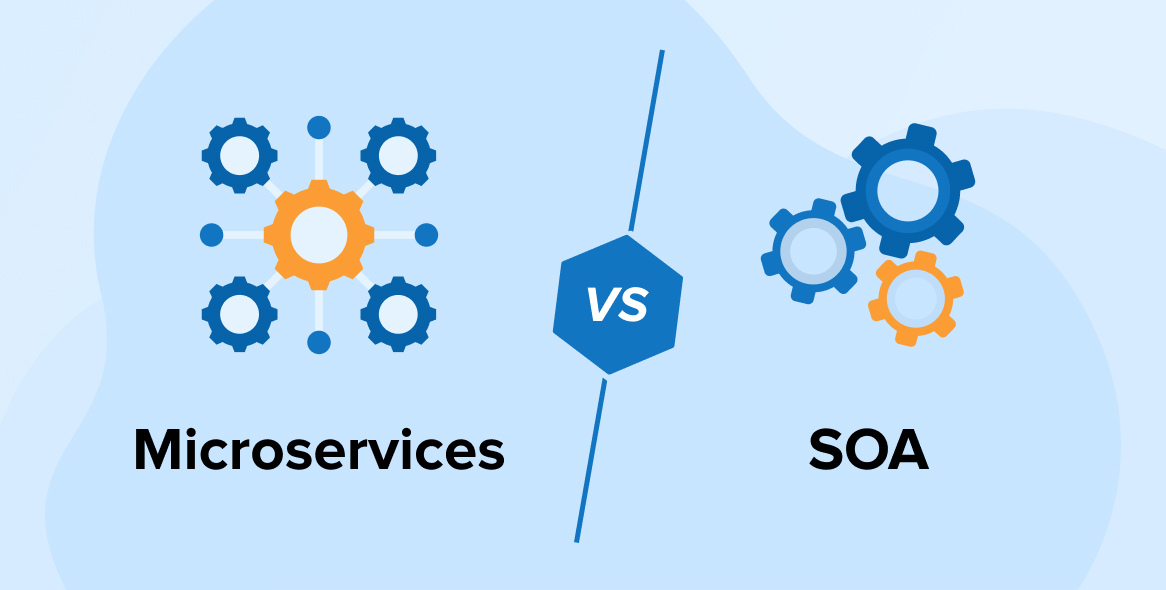
| Aspects | Microservices architecture | Service-oriented architecture (SOA) |
| Granularity | Extremely detailed with small microservices, operating completely independently | In coarse detail; services are larger in scale, often at the domain level of the enterprise |
| Communication | Communicate by using lightweight methods, usually HTTP/REST, gRPC | Use many different protocols in communication, including SOAP, HTTP, JMS |
| Deployment process | Independent deployment based on the specific tasks of each microservice | Deployment can be more complicated due to dependencies |
| Data management | Each microservice will have its own database | Services often share and use a common database |
| Service coordination | Orchestrate in a hierarchy, microservices communicate with each other via APIs | Usually uses ESB (Enterprise Service Bus) for communication |
| Flexibility and scalability | High flexibility and outstanding scalability | Less flexible, harder to scale |
| Fault isolation capabilities | High; errors arising in a microservice do not affect or disrupt the overall system | At a lower level; the problem can spread and affect the performance of the entire system |
How do Microservices Architecture Work?
Microservices architecture works by breaking down the entire ecommerce enterprise system into smaller, independently operated services. They operate separately from each other, in which each microservice will be responsible for ensuring the performance of a specific function, such as payment gateway, ecommerce checkout or warehouse management.
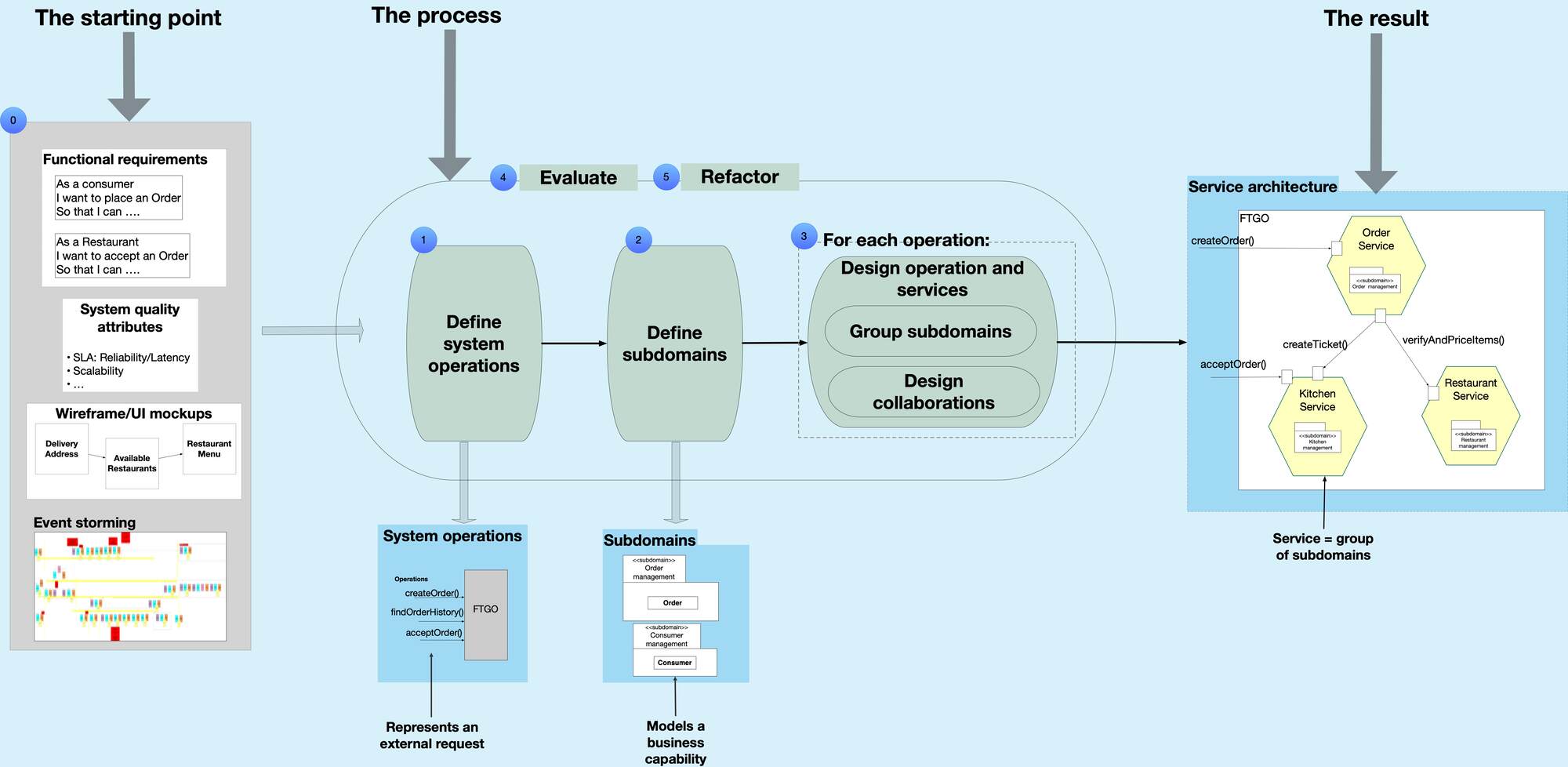
Microservices communicate with each other through clearly defined APIs, often using lightweight communication protocols such as gRPC or HTTP/REST. This confirms that although microservices architecture operates separately and independently, it still has sequential interactions and ensures seamless customer experience.
At the same time, these interactions can be synchronous with each other (one microservice waits for a response from another one, common with HTTP/REST communication) or asynchronous (microservices communicate via message streams with other tools like RabbitMQ or Kafka).
Because each microservice operates independently, the microservices architecture allows business owners to choose the most suitable technology application. For example, a microservice might use a NoSQL database due to the need for high-speed transactions. Meanwhile, another one will use a relational database to be able to perform complex queries. This flexibility extends to programming languages, allowing you to choose the best tools for microservices to deliver the best services and experiences to customers.
Microservices architecture also uses continuous integration and deployment (CI/CD) pipelines, which means automating all build, testing, and deployment activities. This feature reduces the time and effort required to find, isolate and fix bugs, or release and integrate new features as quickly as possible.
Microservices architecture supports DevOps practices, fostering partnerships and collaboration between development and operations teams, also ensuring a smooth and efficient deployment process.
How to Deploy Microservices Architecture?
After having a basic understanding of microservices architecture, it’s time for you to learn and refer to the process of deploying this architecture in the most methodical way.
Select deployment environment
You should carefully research and consider the state of your digital stores to decide whether the microservices architecture deployment environment is on-premises, in the cloud, or a hybrid approach. According to suggestions from our team of experts, cloud platforms such as Google Cloud, AWS or Azure are recommended.
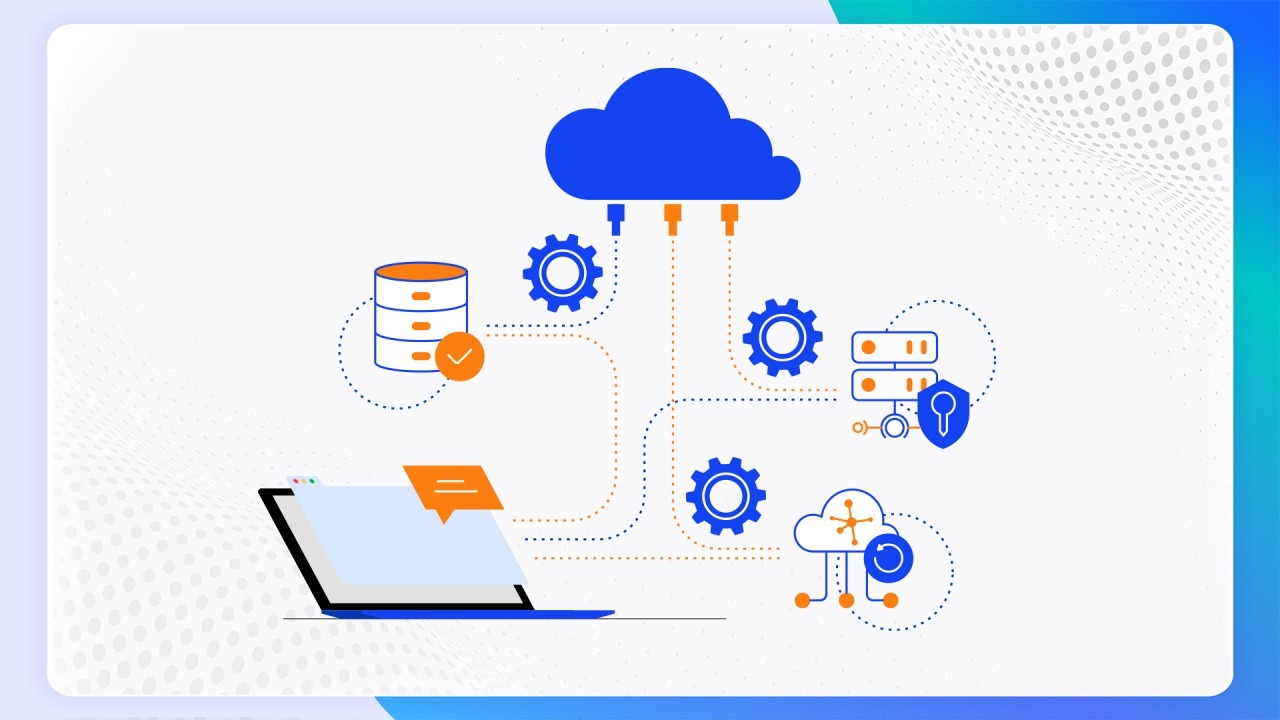
They provide flexible operating environments that are easy to manage and expand. These platforms provide diverse options such as PaaS (Platform as a Service) and IaaS (Infrastructure as a Service), reducing the complexity of system hardware management.
Containerize the microservices of your store
After determining the operating environment, you should package the microservices into a container by using specific and time-optimized tools like Docker. Containers include all related elements such as libraries, application code, and dependencies, ensuring consistency when microservices operate across different platforms.
This approach simplifies the deployment process by making it easy to replicate, test, and put into practice the same setup across a variety of environments.
Arrange containers
In this step, you can use the Kubernetes or another container orchestration tool to scientifically manage and organize your containers. These applications need to ensure ease of automating, scaling, and operating containerized microservices in microservices architecture.
This process helps your ecommerce business gradually adopt the specific division after migration steps, ensuring it fully meets important features such as self-healing, load balancing, automatic deployment or recovery after an error occurs.
Implement CI/CD pipeline
In this step, please pay special attention to the CI/CD (Continuous Integration/ Continuous Deployment) process. Set them up to automate building, testing, and deploying microservices architecture across your enterprise.
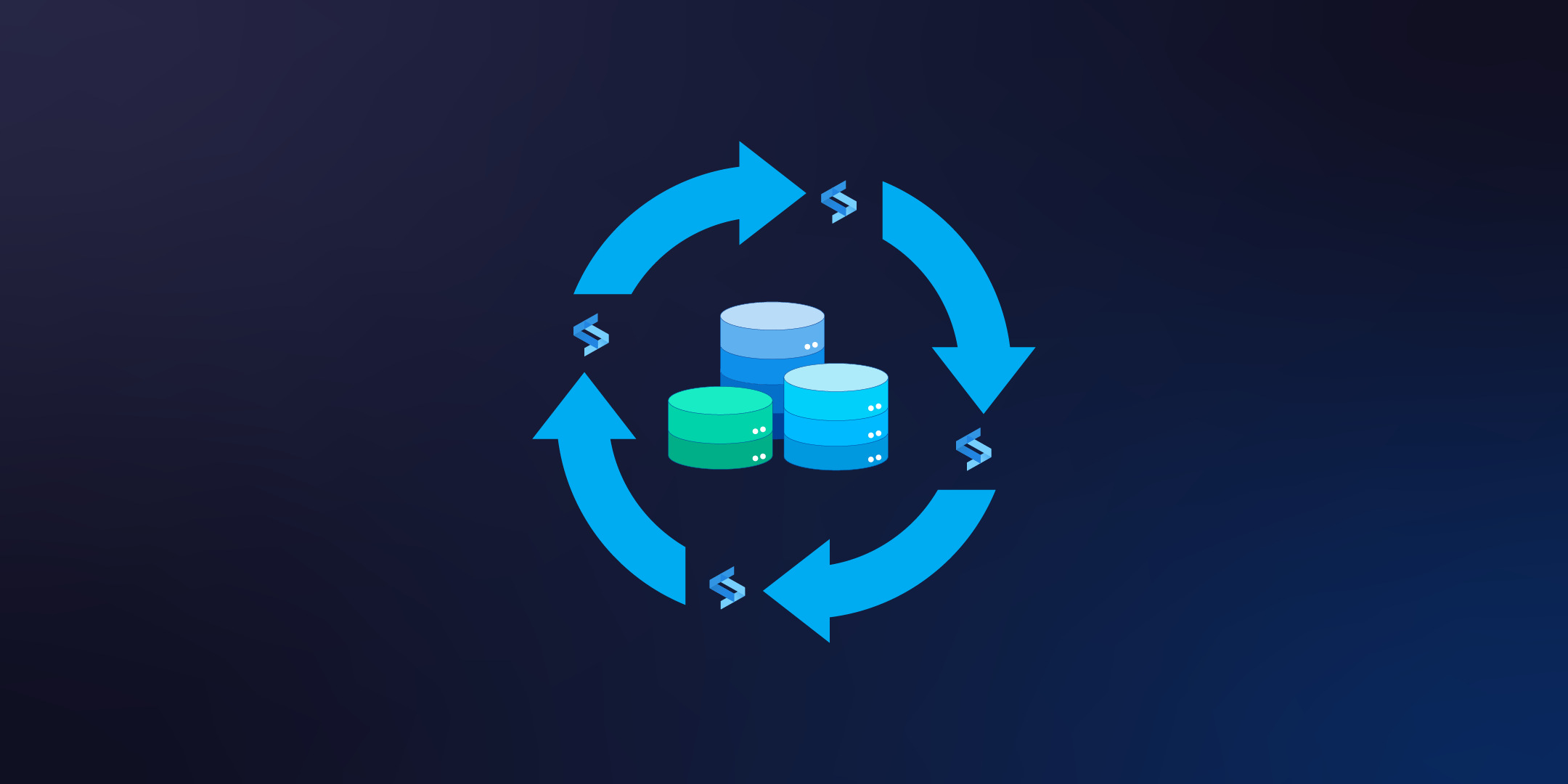
Some popular applications you can refer to are Jenkins, CircleCI, Github Actions or GitLab CI. They can integrate directly with your source control system to automatically trigger workflows. A CI/CD process ensures that code changes are continuously tested automatically, reducing almost all possible manual errors.
Use service discovery and APIs
Having completed the CI/CD process, you should find a way to allow the microservices architecture that have been basically established in your ecommerce business to easily communicate with each other. It helps to smooth the overall process of working with customers. Some recommended tools to help optimize this process include Eureka, Consul or Kubernetes.
Besides, you also need to handle routing, tightly control security issues and load balancing when officially launching your business with API gateways like Kong, Ambassador or NGINX.
Ensure system security and compliance
Always make sure that your microservices architecture is fulfilling system security related issues. Use special management tools like AWS Secrets Manager or HashiCorp Vault to securely store and manage information.
You should also implement special network security measures to survive and maintain performance on complex platforms such as digital platforms, such as mutual TLS (mTLS) for communication between services and role-based access control (RBAC).
Deploy Blue-Green and Canary
You can consider using advanced deployment strategies such as blue-green or canary to minimize downtime due to arising risks. In there:
- Blue-green involves running on two identical production environments, and switching traffic between them during updates.
- Canary rolls out changes to a small group of customers as a test, before going live with full functionality. This method will help quickly detect and fix errors if problems arise.
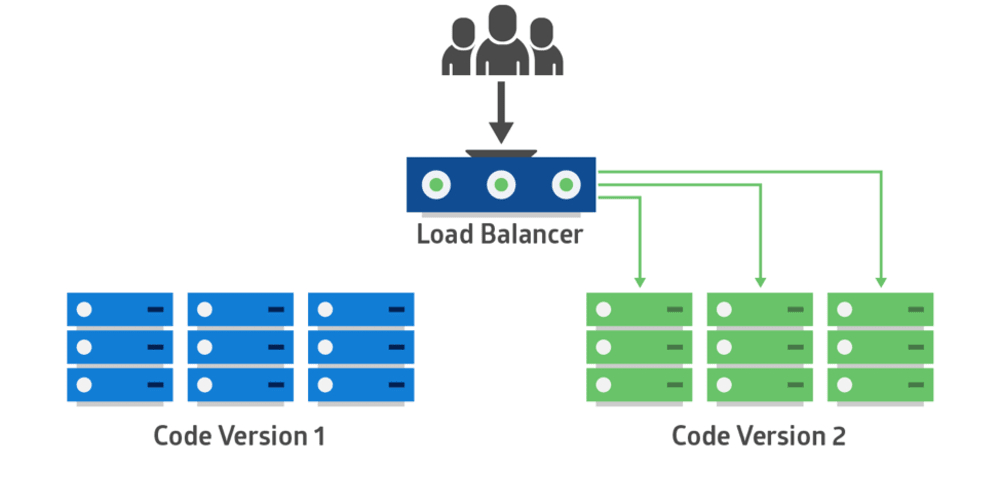
Of course, you should spend time researching these two implementation methods specifically and thoroughly before putting them into operation, because it also involves cost and time-related factors. Consider working and collaborating with ecommerce consulting agencies to provide advice and consultation based on the resources you already have.
Continuously monitor and record operational performance
To ensure your business is always running efficiently with a microservices architecture, don’t skip the step of effectively monitoring and continuously recording metrics. Some applications that you should use to optimize this process are Jaeger, Prometheus, Grafana, and ELK Stack (Elasticsearch, Logstash, Kibana), etc.
Regular monitoring will help you understand the performance and development of your business, understand in-depth information about system performance, and promptly detect problems to quickly fix them.
Backup and restore data
Whether you use microservices architecture or any other architectural framework, you should ensure that data backup and restore for your entire system is regular. This action is the foundation for your business not to lose important data (in case of objective problems or security holes).
Cloud providers often provide built-in backup microservices architecture so you can promptly store your important information. You should also carefully check the backed up data to detect errors and fix them promptly.
Deploy Microservices Architecture: 5 Tools for Your Business
In the content above, we have listed tools and applications suitable for different tasks and processes. To be more specific and concise, you can follow the 5 most popular tools we list below, before going deeper and more specific into each other tool:
Kubernetes - Best for Orchestration
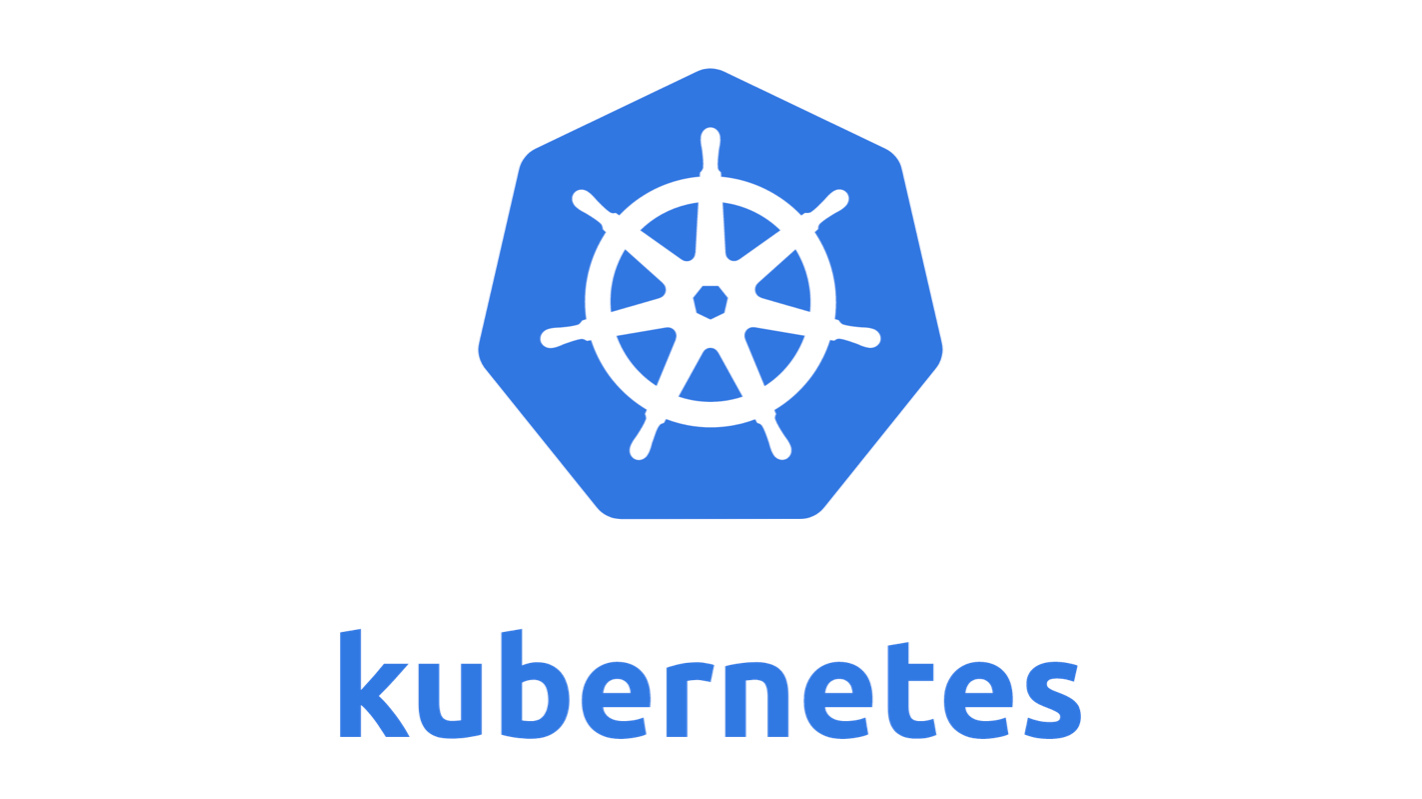
Kubernetes optimizes the orchestration and packaging of microservices. It automates the process of deploying, scaling, and managing containers. This ensures outstanding fault tolerance and high availability of all microservices architecture when the business is officially put into operation.
Kubernetes also provides powerful features like load balancing, automated recovery and deployment, and other capabilities needed to keep microservices environments resilient.
Docker - Best for Containerization
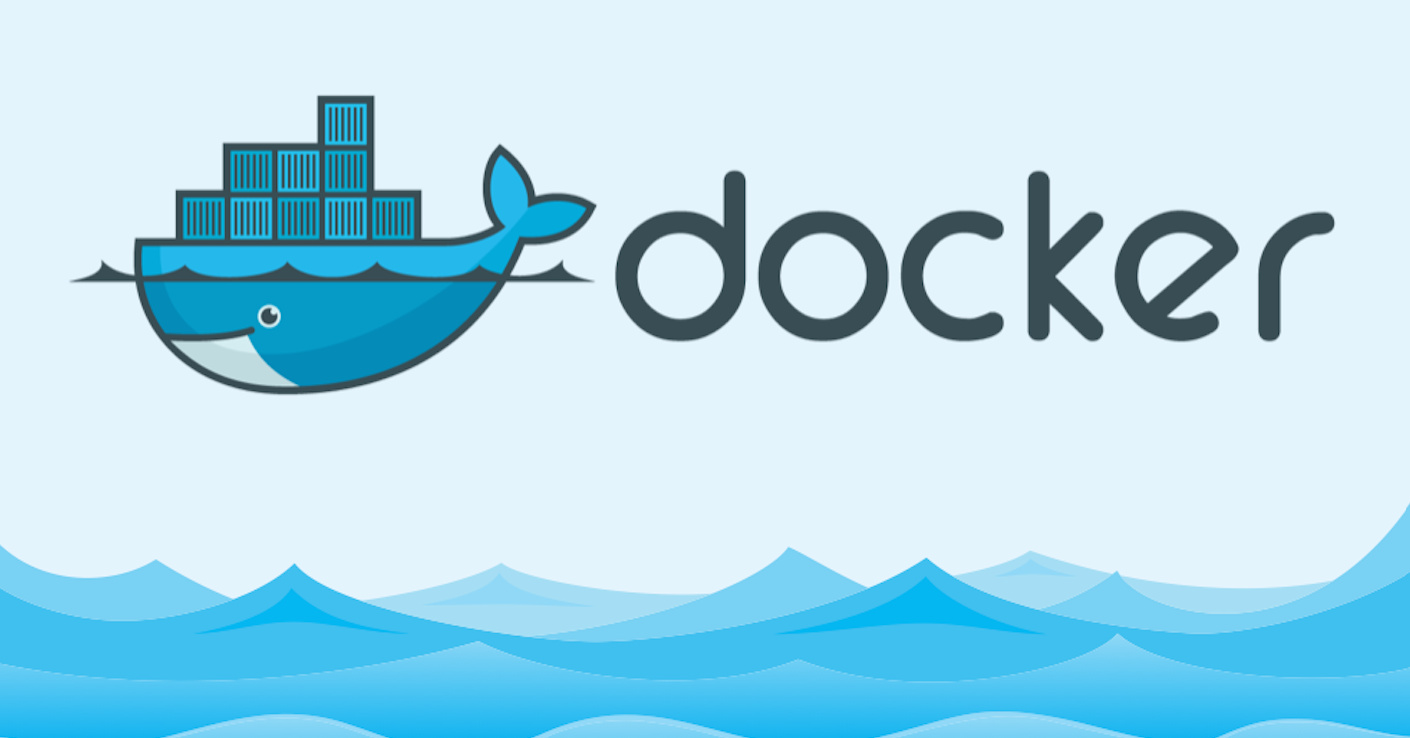
Docker is a highly regarded application for hosting microservices. It packages applications into lightweight containers, ensuring they operate consistently across different environments. Docker also simplifies the deployment process by eliminating the “it works on my machine” problem, ensuring microservices architecture runs seamlessly from development to production.
Raygun - Best for bug tracking

Raygun has the ability to help business owners easily monitor and track errors that may arise in microservices architecture. It provides real-time insights into application performance, helping you identify and resolve issues quickly. With Raygun, you can get detailed updates on errors, crashes, and performance issues across all active microservices in your ecommerce business.
Continuously maintaining testing and monitoring time also helps you quickly fix errors that arise, ensuring a seamless customer experience.
Bitbucket Pipelines - Best for CI/CD
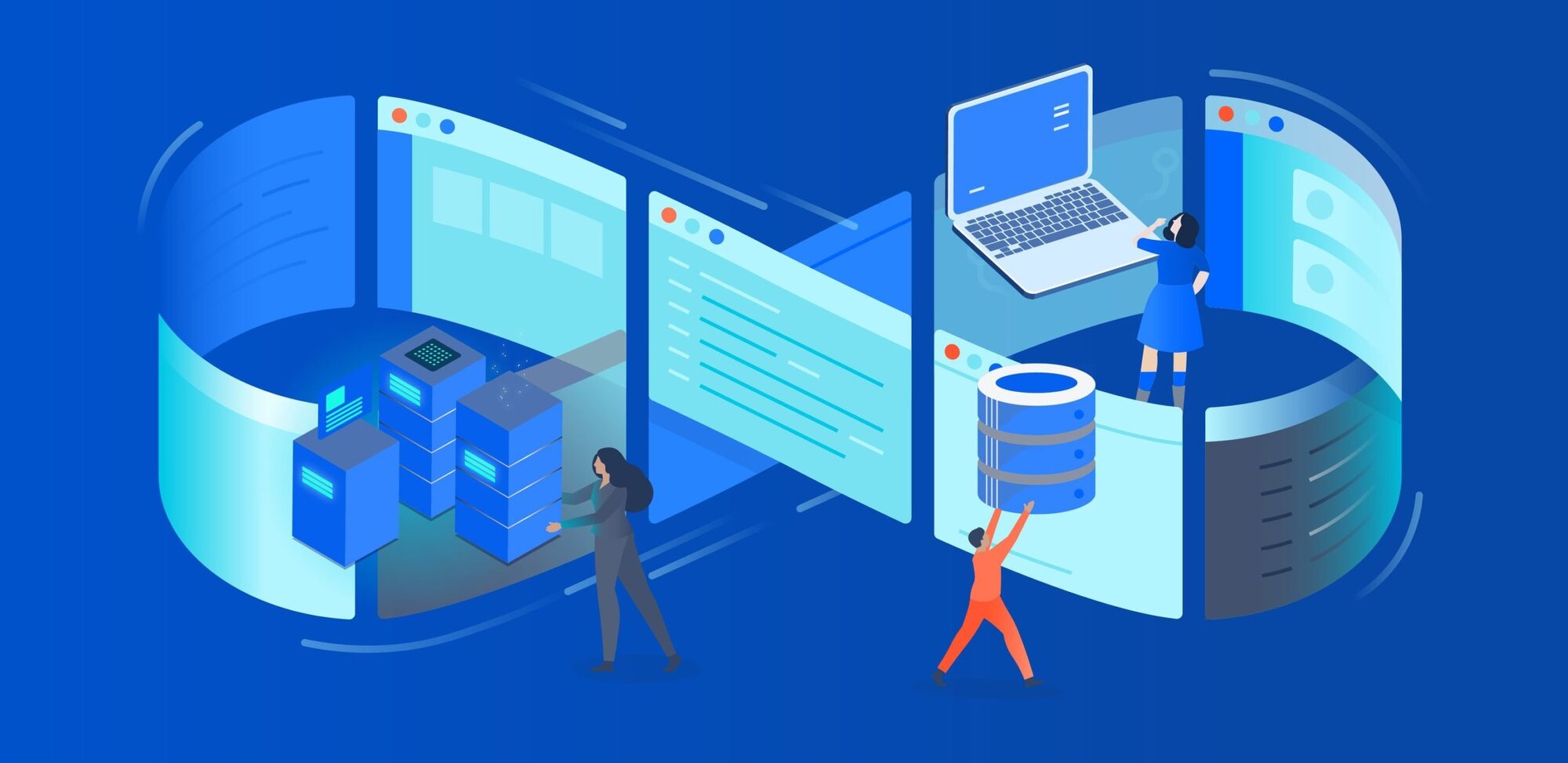
Bitbucket Pipelines is a great choice for CI/CD deployments. It integrates seamlessly with Bitbucket repositories, automating the testing, building, and deployment process. This ensures code changes are thoroughly tested before going live, speeding up development cycles and minimizing errors during deployment.
Jira Service Management - Best for ITSM

Jira Service Management is a tool worth considering for IT Service Management (ITSM) in microservices architecture. It manages requests from business owners about services and incidents, and responds to them effectively according to users’ wishes.
By integrating with development tools like Bitbucket and CI/CD pipelines, Jira Service Management provides comprehensive solutions for tracking and resolving issues, leading to smooth operations and continuous improvement of microservices architecture.
Best Case Studies of Using Microservices Architecture
Some case studies of using microservices architecture below will help you have a realistic view when these businesses successfully put this architecture into practice:
Netflix

Netflix is a specific example of successfully applying microservices architecture to operations. In 2008, Netflix faced outages and encountered many major challenges in scaling.
Faced with that situation, the company’s leadership team decided to switch to using microservices, and restructure the entire customer-facing system in 2012. This change has helped Netflix easily handle billion daily API requests, improve scalability and radically optimize costs. This is the premise for Netflix to become the leading company in streaming services with more than 220 million subscribers globally.
Etsy

Etsy has applied microservices to improve the processing speed and scalability of the platform, especially developing features on mobile applications. Previously, Etsy had many limited functions when using a monolithic PHP system. That’s why Etsy’s engineering team used microservices architecture to design a 2-layer API, with meta endpoints to allow concurrent API calls.
This effectively improves platform performance by enabling parallel processing, rapid updates, and continuous innovation to improve user experience.
eBay

eBay turned to microservices architecture to manage a large number of users and the need to store and process huge amounts of data. The company partitioned its application, database, and search engine using a microservices architecture to efficiently handle 75 billion database queries daily.
This transition allows eBay to improve site stability, speed up time to adoption and adoption of new features, and consistently enhance its platform. Microservices also allow eBay to scale seamlessly and maintain thorough performance, even as traffic and processing requirements become increasingly complex.
Conclusion
Microservices architecture affirms its ability to support ecommerce businesses at an outstanding level. Expansion, development and flexibility will no longer be a problem for ecommerce businesses that are accelerating and growing rapidly.
We also have to affirm that, because microservices architecture empowers business owners to proactively modify and develop the service, it also means that you must truly understand the service and have a foundation of technical expertise to be able to implement it into your business. But don’t worry too much, because we, AHT Tech, are always ready to help you. With 1000+ ecommerce development projects successfully implemented, 500+ experts, and becoming trusted partners of 25+ ecommerce global platforms, AHT Tech confidently accompanies you on the path of applying microservices architecture, from consulting to operations and quality control.
Don’t forget to contact us for more detailed information about microservices architecture, and watch this video below about our ecommerce service:


